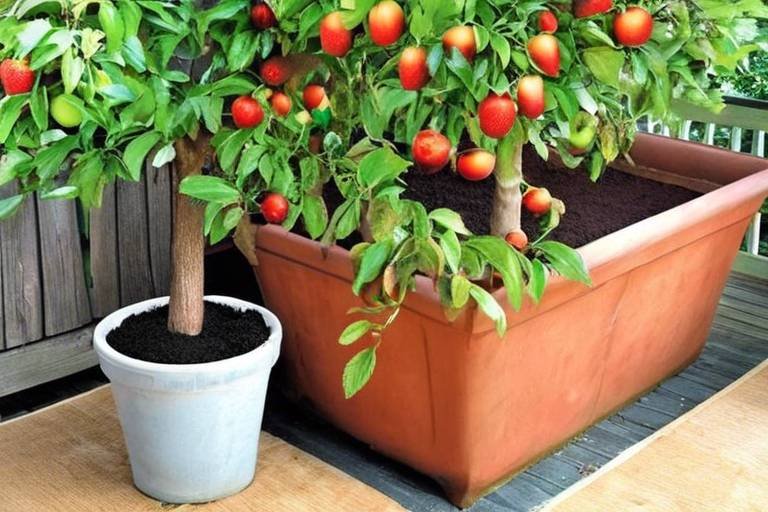How to Create a Backyard Play Area with Plants
Creating a backyard play area with plants is a fantastic way to combine nature and fun for children. By carefully selecting the right plants and designing the landscape thoughtfully, you can create a vibrant and engaging space that encourages play, learning, and exploration.
When choosing plants for a play area, it's essential to prioritize safety and child-friendliness. Opt for non-toxic plants that are sturdy and not prone to causing allergies. Additionally, consider plants that offer sensory experiences such as fragrant flowers, interesting textures, or edible fruits, enhancing the overall appeal of the play area.
Designing a playful landscape involves more than just planting greenery. Incorporate elements like climbing plants to create natural play structures, sensory pathways lined with scented herbs or touch-friendly foliage, and interactive plantings such as musical plants or tactile installations to stimulate children's curiosity and creativity.
For a truly unique touch, consider creating natural play structures using plants. Living tunnels made of climbing vines, willow domes for secret hideouts, or hidden garden corners filled with lush foliage can spark children's imagination and provide endless hours of play.
Planting for play and learning goes hand in hand. Choose plants that engage all senses, from colorful flowers to rustling grasses, to attract wildlife like butterflies and birds. This not only adds excitement to the play area but also offers valuable opportunities for children to observe and learn about the natural world around them.
Maintaining a safe and sustainable play environment is crucial for the longevity and enjoyment of the space. Implement water-wise planting strategies by using drought-resistant plants and efficient irrigation systems to conserve water and promote environmental responsibility.
Encourage playful interactions with plants by involving children in gardening activities, plant identification games, or nature-inspired crafts. This not only fosters a deeper connection with nature but also instills a sense of responsibility and appreciation for the plant life within the play area.
By combining creativity, safety, and sustainability, you can transform your backyard into a magical play area that sparks joy and wonder in children while fostering a love for nature and the outdoors.
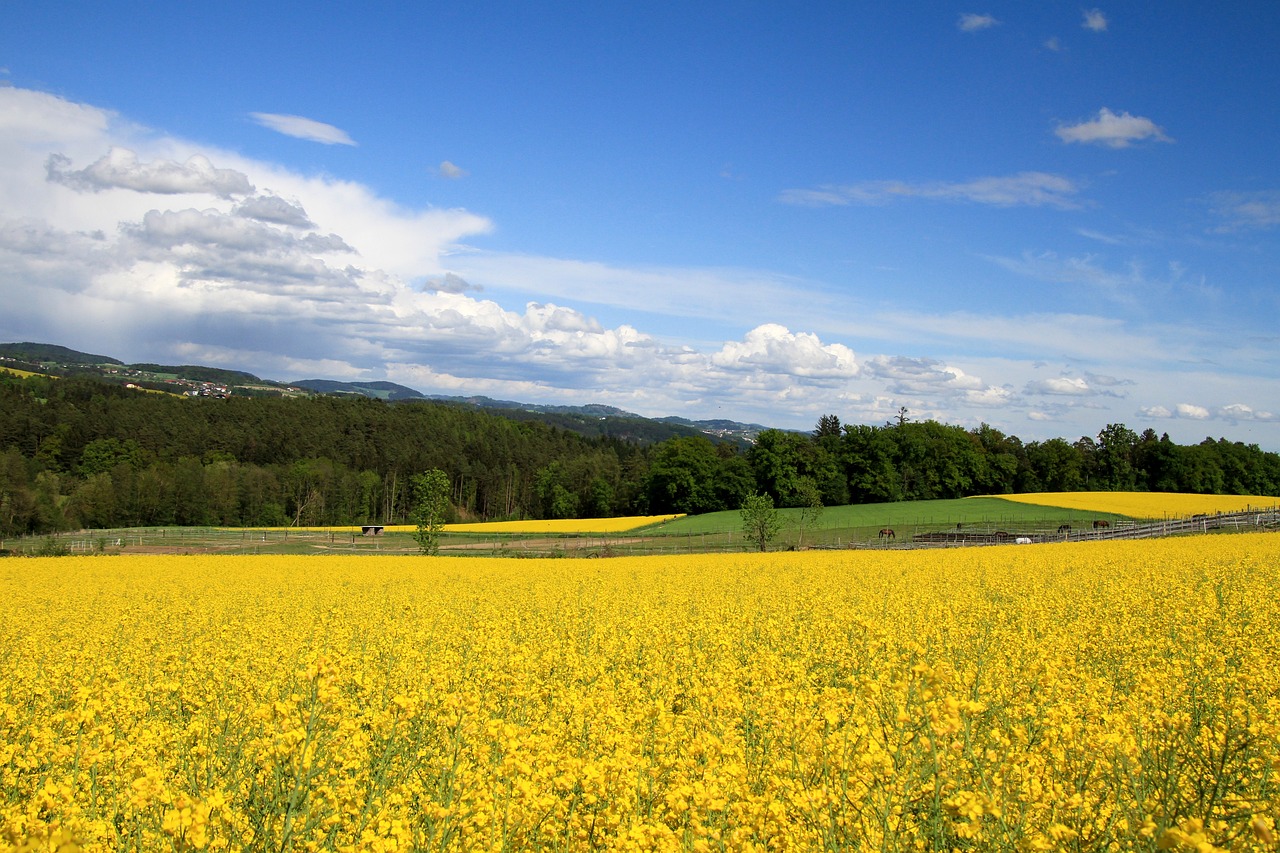
Choosing the Right Plants for Play Areas
When it comes to creating a vibrant and engaging play area in your backyard, selecting the right plants is crucial. Not only do you want to ensure the plants are safe for children, but you also want to choose varieties that will add beauty and sensory experiences to the play space.
Imagine a playground filled with colorful flowers that attract butterflies and hummingbirds, or aromatic herbs that release delightful scents as children play around them. These are the kind of plants that can transform a simple play area into a magical outdoor oasis.
It's essential to consider plants that are non-toxic and child-friendly, as curious little hands may come into contact with them. Incorporating a mix of textures, colors, and heights can create a visually appealing landscape that sparks children's curiosity and imagination.
Additionally, selecting plants that are easy to maintain and resilient to local climate conditions will ensure the play area remains lush and inviting throughout the seasons. By choosing a variety of plants that bloom at different times of the year, you can create a dynamic and ever-changing environment that keeps children engaged and excited about nature.
Furthermore, integrating plants with different sensory qualities, such as soft leaves, fragrant flowers, or interesting textures, can provide children with a multi-sensory experience that enhances their connection to the natural world. By engaging their senses, plants can stimulate creativity, learning, and play in a way that plastic toys simply cannot.
Ultimately, the right plants for play areas are those that not only beautify the space but also encourage exploration, discovery, and a deeper appreciation for the wonders of nature. By carefully selecting and arranging plants in your backyard play area, you can create a magical outdoor setting that will captivate and inspire children for years to come.
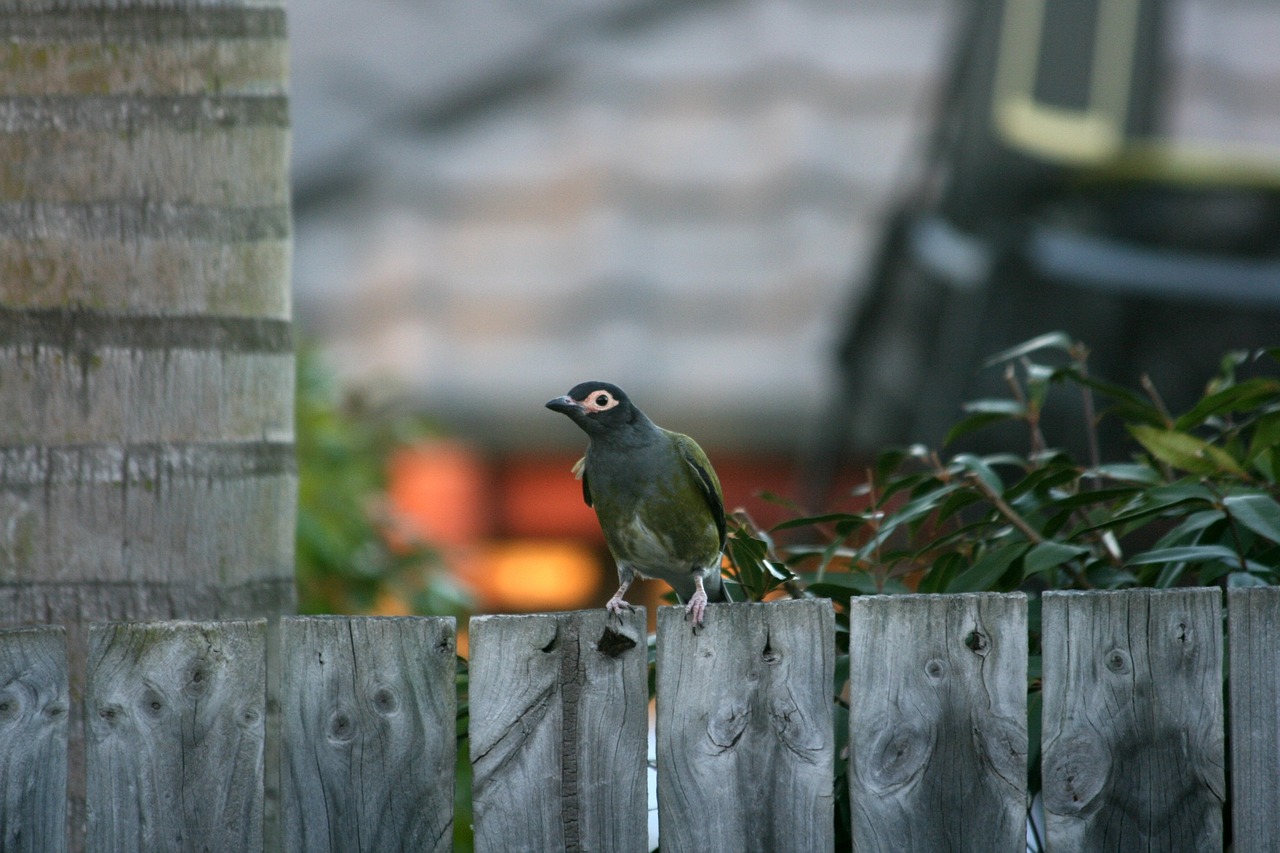
Designing a Playful Landscape
When it comes to designing a playful landscape for a backyard play area, creativity and imagination are key. Incorporating elements that engage children's senses and encourage exploration can turn a simple outdoor space into a magical playground. One way to achieve this is by using a variety of plants that not only add beauty but also provide interactive experiences for kids.
Imagine a landscape where climbing plants cover trellises, creating natural green walls that kids can climb and hide behind. These plants not only add an element of adventure but also serve as a living playground structure that blends seamlessly with the environment. Additionally, sensory pathways can be designed using fragrant herbs like lavender or mint, stimulating children's sense of smell as they explore the play area.
Interactive plantings such as a vegetable garden or a butterfly-attracting flower bed can further enhance the play area's appeal. Children can learn about plant growth by tending to their own garden or observe butterflies and bees up close, fostering a deeper connection with nature. By incorporating these elements, the backyard becomes a dynamic space where play and learning go hand in hand.
Moreover, the design of the landscape can include secret garden corners tucked away behind lush foliage, creating hidden spots for children to discover and let their imagination run wild. These secluded areas offer a sense of adventure and mystery, encouraging kids to explore and create their own stories within the play area.
By thoughtfully designing a playful landscape with a variety of plants and interactive elements, you can transform your backyard into a vibrant and engaging space that sparks children's curiosity and creativity.
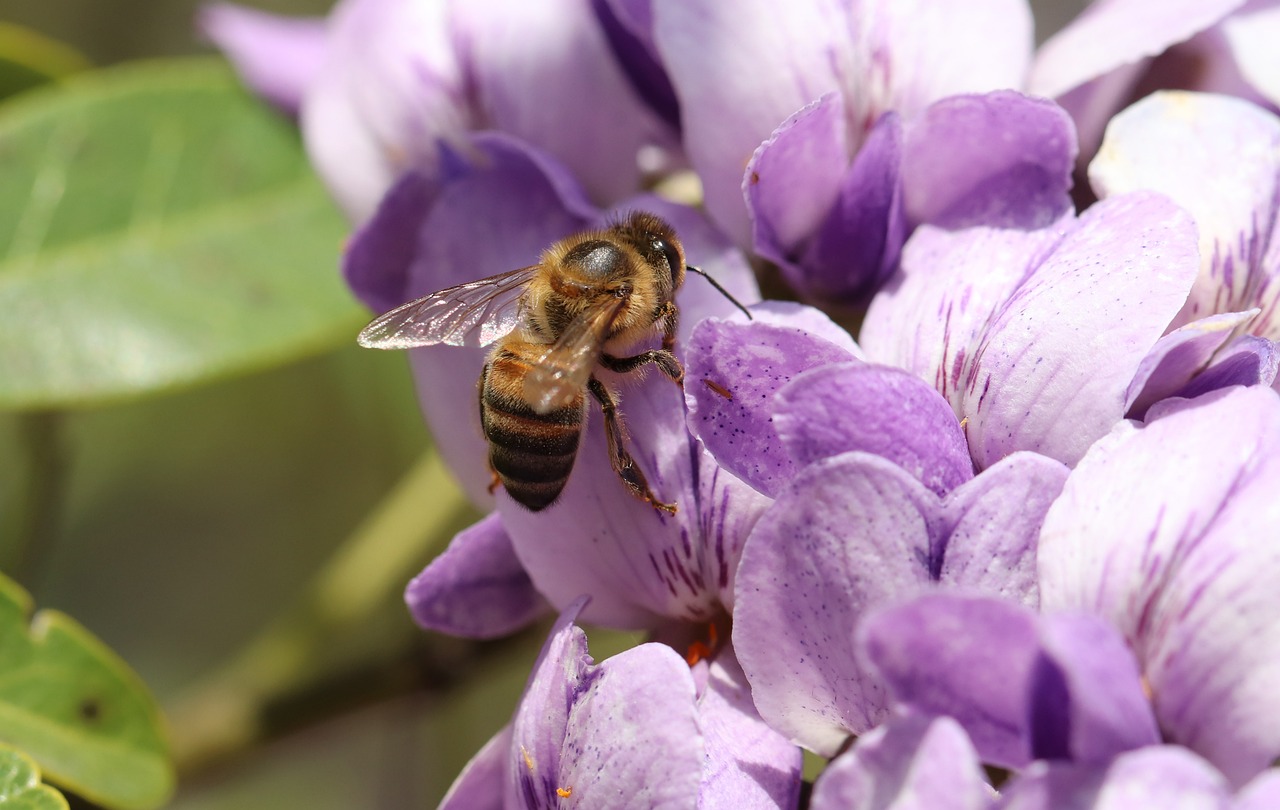
Creating Natural Play Structures
When it comes to creating natural play structures in your backyard, the possibilities are as endless as a child's imagination. Imagine a whimsical garden where living tunnels made of vibrant vines lead to hidden corners filled with magical surprises. These structures not only provide a unique play experience but also blend seamlessly with the surrounding plant life, creating a harmonious and enchanting environment for children to explore.
One popular natural play structure is the willow dome, constructed by weaving living willow branches together to form a cozy, shaded hideaway. Children can crawl inside this green sanctuary, feeling like they have entered a secret world of their own. The willow dome not only offers a shady retreat on sunny days but also serves as a living sculpture that evolves with the changing seasons, providing a dynamic play space throughout the year.
Another creative option is the living tunnel, where climbing plants like sweet peas or morning glories are trained to grow over a sturdy arched structure. As children pass through the tunnel, they are enveloped in a fragrant canopy of flowers and foliage, engaging their senses and sparking their imagination. This natural play structure not only adds beauty to the play area but also encourages physical activity and exploration as children navigate through the lush greenery.
For a touch of mystery and adventure, consider creating secret garden corners nestled among tall grasses and flowering shrubs. These secluded nooks can house hidden treasures like a small wooden bench, a bird feeder, or a collection of interesting rocks and shells. Children can use these cozy spots as quiet retreats for reading, imaginative play, or simply observing the wonders of nature up close.
By incorporating these natural play structures into your backyard, you not only provide children with unique and engaging play opportunities but also foster a deeper connection to the natural world. These living creations evolve and grow alongside the children who interact with them, creating a dynamic and ever-changing play environment that sparks curiosity, creativity, and a sense of wonder.
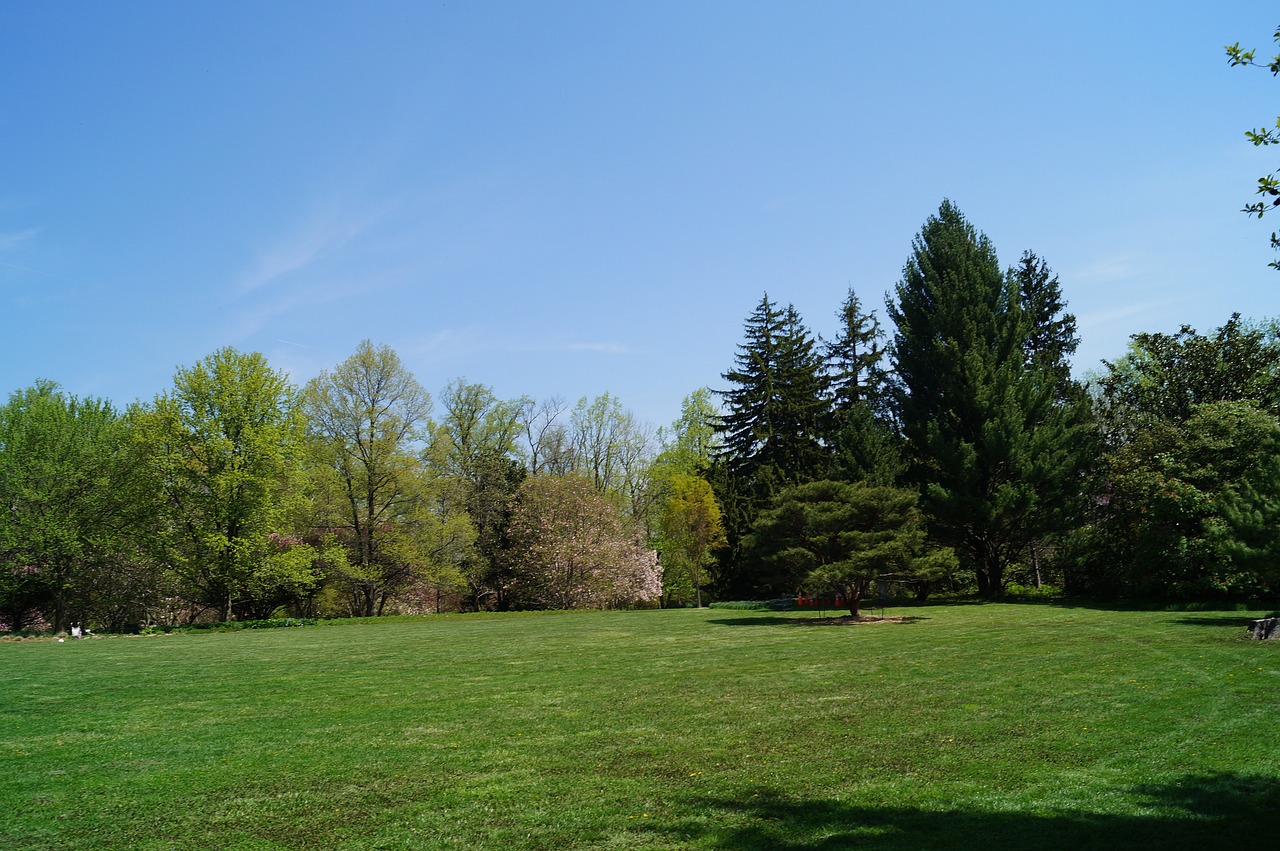
Planting for Play and Learning
When it comes to creating a backyard play area with plants, the selection of plants plays a crucial role in ensuring a safe and enjoyable environment for children. It is essential to choose plants that are not only visually appealing but also child-friendly, non-toxic, and sturdy enough to withstand playful activities. Incorporating plants with different textures, colors, and scents can provide a sensory-rich experience for kids, stimulating their curiosity and creativity while fostering a deeper connection with nature.
Moreover, selecting plants that attract butterflies, bees, and birds can offer children valuable learning opportunities about the natural world around them. By planting a variety of flowers, herbs, and shrubs, kids can observe wildlife up close, learn about pollination, and develop a sense of responsibility towards caring for the environment. Encouraging children to engage with plants through hands-on activities like planting seeds, watering plants, and observing growth stages can foster a love for gardening and instill valuable life skills.

Maintaining a Safe and Sustainable Play Environment
Creating a vibrant and engaging backyard play area for children involves more than just setting up a swing set or a sandbox. By incorporating plants into the landscape, you can not only enhance the beauty of the space but also provide sensory experiences and learning opportunities for young ones. Let's explore how you can design a playful and plant-filled environment that will captivate children's imaginations and encourage exploration.
When selecting plants for a play area, it's essential to prioritize safety and child-friendliness. Opt for non-toxic plants that are sturdy and resilient to withstand the playful activities of children. Additionally, consider incorporating plants that offer sensory experiences, such as fragrant flowers, soft foliage, or interesting textures, to stimulate children's senses while they play.
Designing a playful landscape involves more than just planting a few flowers. Think about incorporating elements like climbing plants to create natural play structures, sensory pathways lined with scented herbs, and interactive plantings like touch-and-feel gardens. These additions not only enhance the visual appeal of the play area but also provide opportunities for exploration and discovery.
Get creative with plants by using them to build natural play structures. Living tunnels made of climbing vines, willow domes that provide shady retreats, and secret garden corners hidden among lush foliage can all spark children's imagination and encourage active play in the garden.
Choose plants that do more than just look pretty. Select species that engage children's senses, attract beneficial wildlife like butterflies and birds, and offer opportunities for learning about nature and the environment. Plants with vibrant colors, interesting shapes, and unique growth habits can capture children's curiosity and foster a love for the natural world.
Ensuring that your play area remains safe and sustainable is crucial for the well-being of children and the environment. Implementing practices such as water-wise planting strategies and promoting playful interactions with plants can help create a harmonious and eco-friendly outdoor space that children can enjoy for years to come.
One way to maintain a sustainable play environment is by incorporating water-wise planting strategies. Choose drought-resistant plants that require minimal watering once established, and install efficient irrigation systems like drip irrigation to conserve water and reduce waste. By using water responsibly, you can create a lush and inviting play area without putting a strain on precious water resources.
Engage children with the plant life in the play area by promoting playful interactions. Encourage gardening activities, organize plant identification games, and inspire nature-inspired crafts that allow children to connect with the natural world around them. By fostering a sense of wonder and curiosity about plants, you can instill a love for gardening and environmental stewardship in young minds.
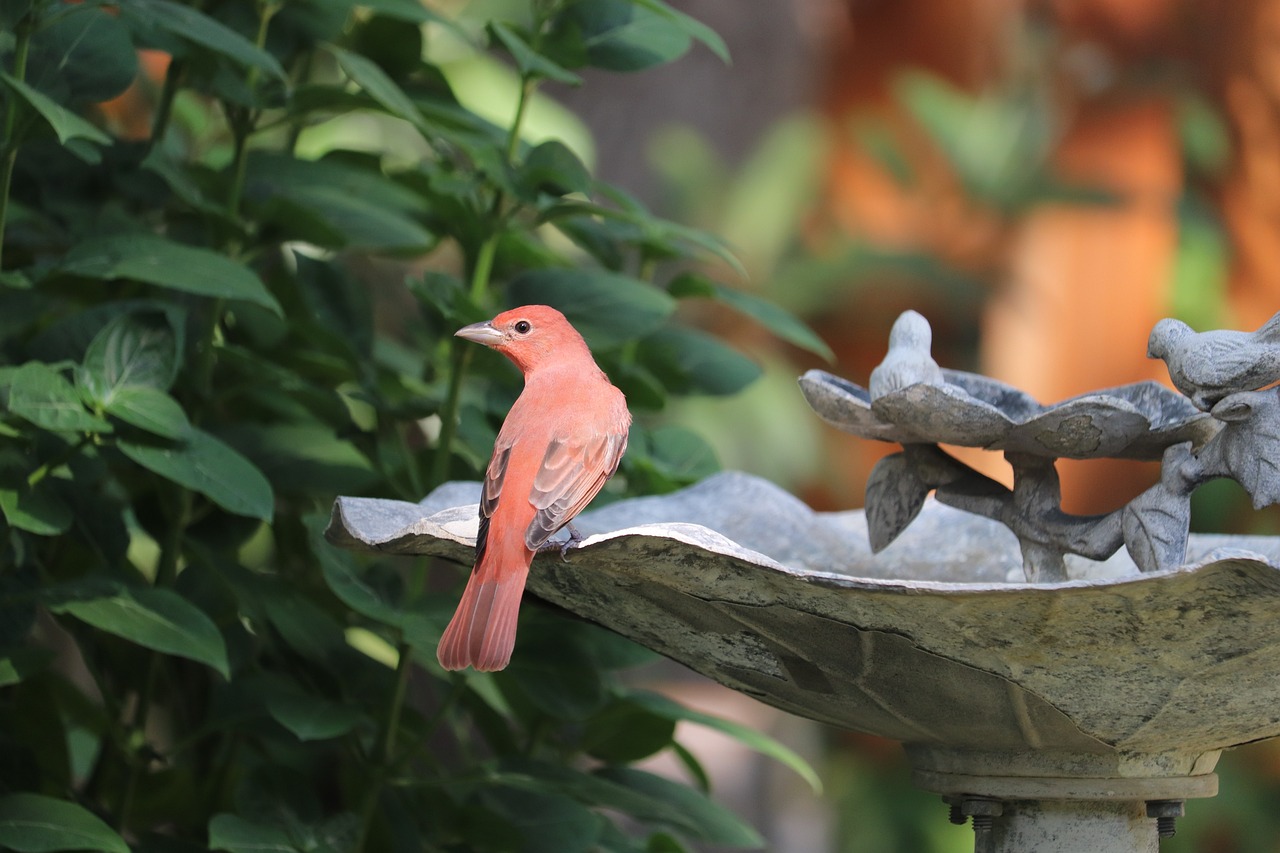
Water-Wise Planting Strategies
When it comes to creating a sustainable and eco-friendly play area, implementing water-wise planting strategies is crucial. By choosing drought-resistant plants and incorporating efficient irrigation systems, you can conserve water while maintaining a lush and vibrant outdoor space for children to enjoy.
One effective strategy is to group plants with similar water needs together. This not only helps in efficient watering but also ensures that each plant receives the appropriate amount of moisture, promoting healthy growth and reducing water wastage. Additionally, incorporating mulch around plants can help retain soil moisture, reducing the frequency of watering sessions.
Consider installing a rainwater harvesting system to collect and store rainwater for irrigation purposes. This sustainable approach not only reduces water consumption but also provides a natural and chemical-free water source for your plants, promoting their overall health and resilience.
Another water-wise planting strategy is to choose native plants that are well-adapted to the local climate and require minimal watering once established. Native plants are not only easier to maintain but also attract local wildlife, creating a biodiverse and engaging environment for children to explore and learn about nature.
Furthermore, incorporating permeable surfaces like gravel or permeable pavers in the play area can help reduce water runoff and promote groundwater recharge. This not only minimizes water wastage but also helps in maintaining a stable soil moisture level, supporting the healthy growth of plants in the play area.
By implementing these water-wise planting strategies, you can create a sustainable and water-efficient play area that not only provides a safe and enjoyable space for children but also contributes to environmental conservation and promotes a deeper connection with nature.
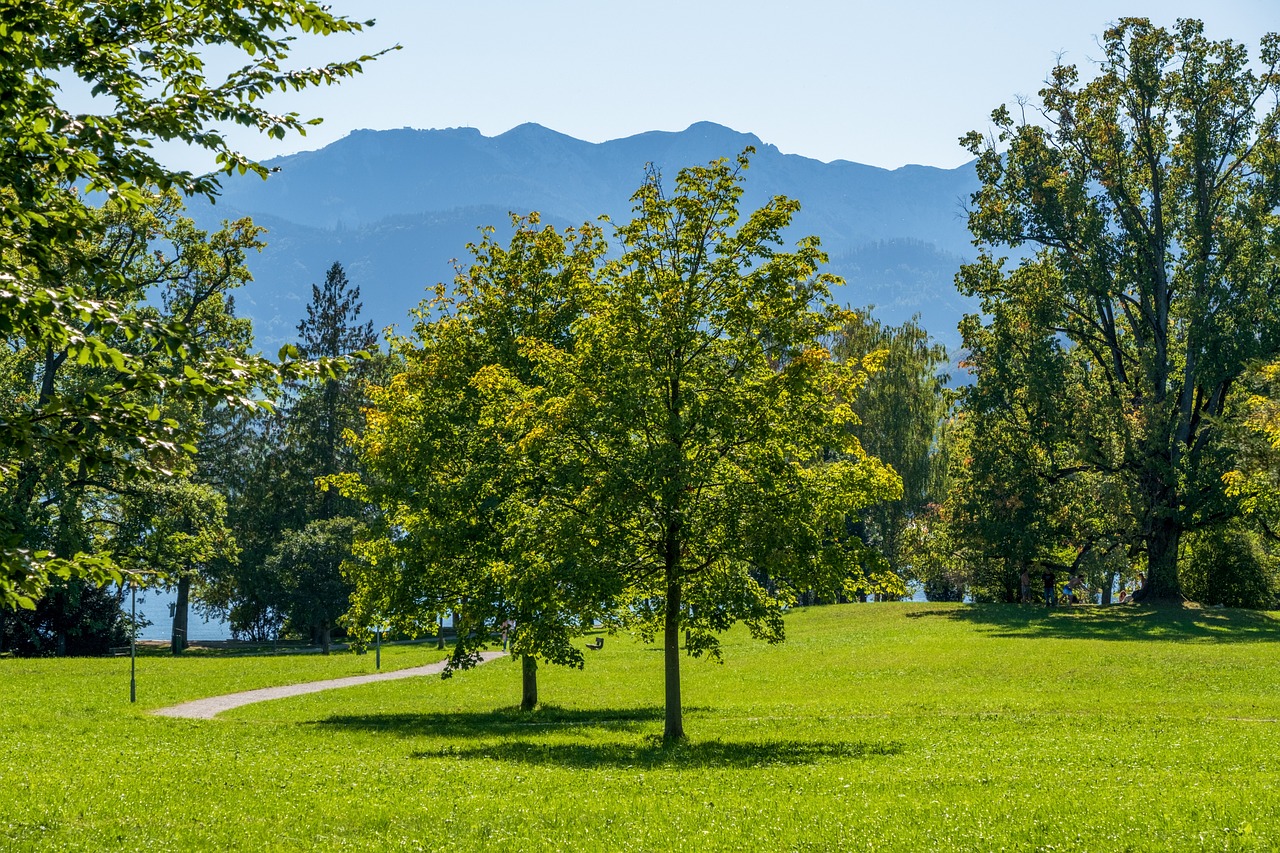
Encouraging Playful Interactions with Plants
Encouraging playful interactions with plants is a wonderful way to foster a love for nature in children. By engaging in activities that involve plants, kids can develop a deeper appreciation for the natural world around them. One way to encourage such interactions is by organizing gardening sessions where children can get their hands dirty and learn about planting and nurturing different types of flora. This hands-on experience not only teaches them valuable skills but also instills a sense of responsibility and care for the environment.
Another fun way to engage children with plants is by organizing plant identification games. Create a scavenger hunt where kids have to identify various plants based on their characteristics such as leaf shape, color, or scent. This activity not only sharpens their observation skills but also introduces them to the diverse range of plant species present in their surroundings. It's like a botanical treasure hunt that sparks curiosity and exploration.
Nature-inspired crafts are also a great way to encourage playful interactions with plants. Gather leaves, flowers, and other natural materials to create art pieces like leaf rubbings, flower crowns, or pressed flower bookmarks. These creative activities not only allow children to express themselves artistically but also deepen their connection with the beauty and versatility of plant life. It's like turning the backyard into a colorful outdoor studio where imagination blooms alongside the flowers.
Moreover, involving children in simple gardening tasks like watering plants, weeding, or repotting can instill a sense of accomplishment and pride in them. By giving them ownership of small gardening projects, you empower them to nurture and care for living things, fostering a sense of empathy and respect for nature. It's like planting seeds of responsibility and environmental stewardship that will continue to grow as they do.
Frequently Asked Questions
- Are all plants suitable for a backyard play area?
Not all plants are ideal for a play area as some may be toxic or have thorns. It's important to choose child-friendly plants that are safe and non-toxic for children to be around.
- How can I make sure the play area remains safe for children?
Regularly inspecting the play area for any hazards, ensuring plants are properly pruned, and avoiding plants with small parts that could pose a choking hazard are essential steps to maintain a safe environment for children.
- What are some water-wise planting strategies for a play area?
Utilizing drought-resistant plants, installing efficient irrigation systems such as drip irrigation, and mulching to retain moisture are effective ways to conserve water in a play area while keeping plants healthy.
- How can I engage children with the plants in the play area?
Encouraging interactive activities like gardening, plant identification games, and nature-inspired crafts can foster a sense of connection and curiosity towards the plant life in the play area, making it a fun and educational experience for children.













